The content of the article
Veterinary medicine has stepped far forward, so today there are several basic methods of sterilizing cats. One of those is considered chemical, carried out through special substances. They suppress the sexual functioning of the female, therefore this technique can be considered an alternative to surgical intervention. But many owners want to know about all the positive and negative features of the procedure before sending the animal to the veterinarian.
Pros and Cons of Chemical Sterilization
Under the influence of chemistry, the cat ceases to experience sexual attraction to the male. Therefore, the body in this regard no longer functions, all abilities to further procreation subside.
There is not only sterilization, but also castration with chemicals. In essence, these methods are practically no different. It is only about the sex of the animal.
To date, several types of such sterilization are distinguished: irradiation, implantation of a chip under the skin and contraception with medications (tablets and injections are used).
Drugs that suppress sexual activity can be produced in the form of injections, drops and tablets. The following drugs are most common in veterinary practice: Megestrol, Covenan, Suprelorin, Prolygistrol. Other agents, including progesterone, may also be used.
pros
- The procedure is painless, unlike the one performed on the surgical table. As a result, the animal does not need a long and painful rehabilitation. Perhaps this is the most fundamental plus that encourages owners to resort to this particular sterilization technique.
- There is no likelihood that as a result of the operation, the animal will be allergic to anesthetics, will suffer from non-healing sutures for a long time. It also eliminates the risk that infection will occur after surgery.
- Since free-range cats can bring unwanted offspring into the house, not every owner will be happy with this outcome. Also, when sterilizing with chemistry, the risk of the animal becoming infected from stray cats is eliminated. The procedure itself is quick to recover, soon the cat will be able to go out again, but she will not have the same craving for passion as before.
Minuses
- If the owner of the pet has definitely decided to sterilize the cat with chemicals, you should prepare in advance that this procedure will continue throughout the fertility of the animal.
- Sterilization is carried out by means of hormonal agents that entail side effects. They can cause the development of serious pathologies in cats in the future. Then you can’t do without an operation. Before sterilization, the animal must be sent for a thorough examination.
- The price policy for sterilization with chemicals is several times higher when compared with surgical intervention. Since the procedure itself is lengthy, you will have to prepare for the fact that each time you will need to buy a new portion of medicines.
- Again, due to the fact that the procedure is carried out with the help of hormones, the cat may begin a very strong adverse reaction. In most cases, the animal loses its coat, is ill with cancer, and begins to rapidly gain weight, while eating little.
The question regarding which method to prefer is often asked by the owners of four-legged friends. But in this case, it is necessary to build on exclusively the health of the animal and the recommendations of the veterinarian.
Chip sterilization
- Refers to gentle types of chemical sterilization. A chip is implanted under the skin in the withers. Over time, it resolves. A chip is understood as a “grain” the size of rice. It is loaded into the veterinary gun, after which it is injected under the skin under pressure.
- The substances in the chip do not immediately begin to act, but after about 5-6 months. Further, the chip works for another 1.5 years. If the female mates with the male within six months after chipping, fertilization will occur. Therefore, the cat needs to be monitored.
- If the chip is removed, its action will cease after 3 months. Therefore, the procedure can be called reversible. The ability to procreate will be restored. Animals are chipped with Suprelorin. The amount of substance administered is determined by the doctor.
Drug contraception
With this method of contraception, there are 2 methods. Among them, injections or tablets (drops) should be distinguished.
- Among the drops and tablets, the most popular are the medicines of well-known companies under the names "Conra-sex", "Sex-barrier" and "Cat-bayun". This method is considered the cheapest sterilization method.
- Only here it is worth noting some disadvantages. Often with the regular use of such drugs in animals, oncological pathologies develop. Cats form tumors of the ovaries, appendages and mammary glands.
- As for the chemical castration of animals, the procedure is carried out in the form of injections. Often, veterinarians use a drug called Covivan. The effect of the drug lasts up to six months. This substance is allowed to be used only for cats.
- Not many owners of four-legged friends know that it is forbidden to give hormonal drugs to pets in European countries. Some states even criminalize such acts.
- The main problem in the use of drugs is that receptors are located throughout the body, and they absorb all progesterone. Because of this, a cancerous tumor can develop in any organ whose work is regulated by hormones.
- Numerous studies have shown that substances that suppress estrus and activity of the testes contribute to the development of diabetes in the animal. In addition, the activity of the endocrine system is significantly deteriorated.
- Consider the side effects of the drugs used are very difficult to predict. Ultimately, caused pathologies will have to be treated for the entire life span of the animal. Keep in mind, the worst result after such drugs is considered a pyometer.
- The disease is accompanied by a thickening of the uterine mucosa. In such an environment, cysts and small vesicles begin to form. After that, pus appears. The disease can be detected in acute form. The uterus will be filled with pus to failure. In this case, it becomes painful and red.
- An animal with such a disease will not eat and can hardly move. Thus, intoxication of the whole organism occurs. The appetite disappears, and thirst intensifies at times. The animal will constantly drink water. A specialist can save a pet if he cuts the uterus.
When sterilizing an animal, study all the positive and negative aspects of the presented methods. Do not skimp on such a procedure. Do not give the animal medication. In this case, there will be many side effects. The pet will often get sick and constantly tormented. Take responsibility for the procedure and consult your veterinarian.
Video: cat sterilization and castration - pros and cons

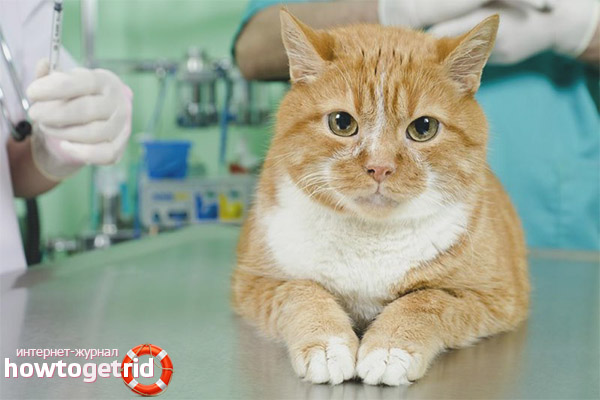
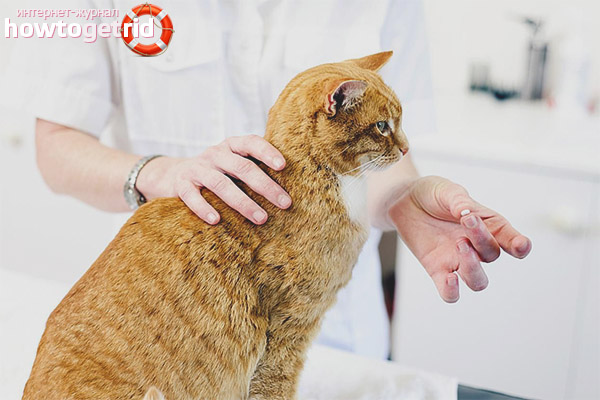




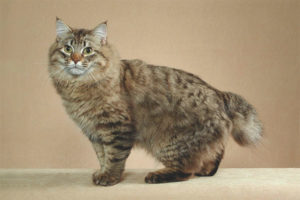
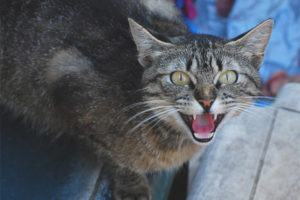
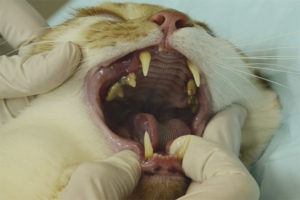
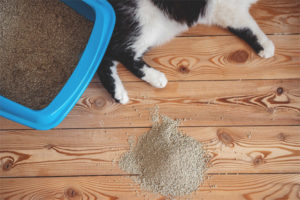
Submit